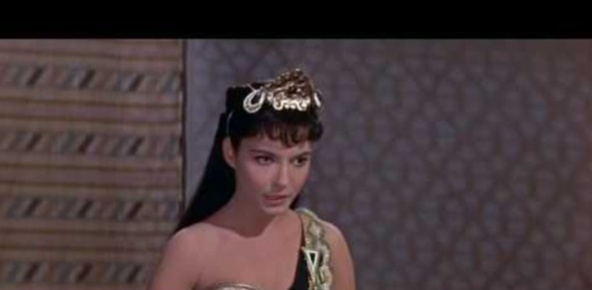How liturgy can lead to an encounter with the Lord.

As someone who came from outside the liturgical expressions of Christianity, I had a certain suspicion of the whole enterprise. I thought the liturgical tradition, with its vestments, rituals, rules, and customs, was the very thing Jesus had come to destroy. I intuited that what God wanted was a broken and contrite heart. He owned the cattle on a thousand hills; he didn’t need our formalized prayers and spiritual sacrifices.
The heroes in my mind were characters like David, who danced informally before God (2 Sam. 6:14), and the prophets, whose ministry was led from start to finish by the Spirit (1 Kings 18:12). The liturgical life seemed, from the outside, to stifle the Spirit.
In my developing religious sensibilities, inherited from the Free Church Protestantism of my youth, the legalists Paul battled in Galatia had morphed into modern ritualistic Christians. Jesus wanted prayers from my heart that revealed my own wrestling with God, not the repeated words of those long dead. God was, of course, on the side of the informalists and against the formalists. In the language that became omnipresent during my college years, it wasn’t about religion but relationship. Religion was shorthand for any ritual activity I was uncomfortable with.
Here, I want to approach the liturgy from a different perspective. I do not wish to engage in debates about particular texts of the Bible. I want instead to zoom out and look at the nature of the Old and New Testaments themselves. I want to press in on the method by which God forms a people. When God revealed himself to a spiritually malnourished group who needed to be taught the things required for holiness, what did he do? How did God do it?
He gave his people rituals. He gave them ...
from Christianity Today Magazine
Umn ministry




.gif)

.gif)
.gif)
